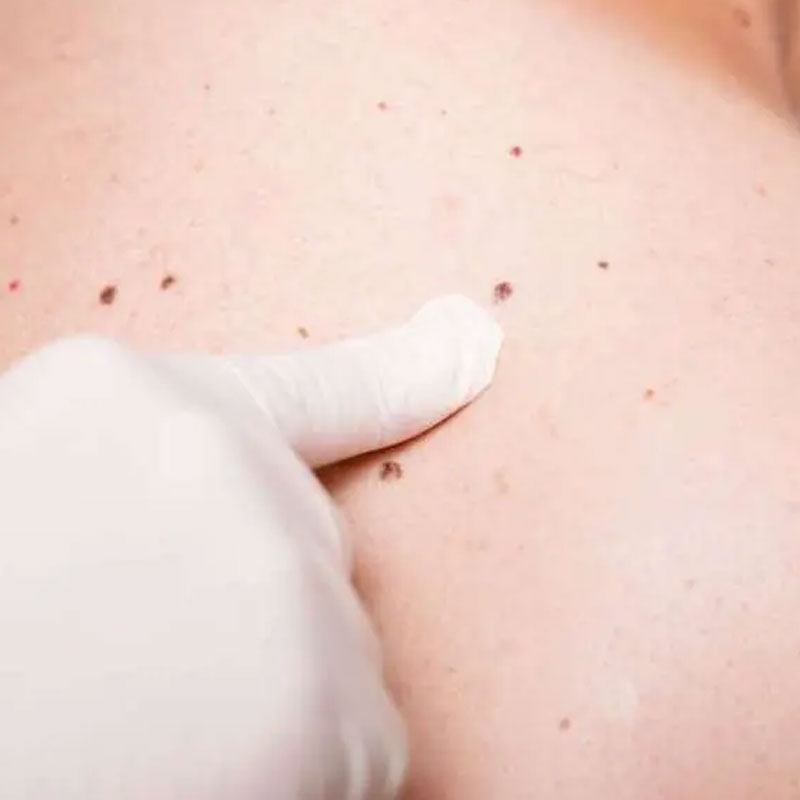PREPARING FOR YOUR SCREENING
Skin Cancer Screening – It is imperative that you conduct self-examinations every month in order to take note of any of the following changes:
- New or changing moles
- Pink scaly spots that don’t fade
- New growths on the skin
- Itchy lesions
- Growths that bleed involuntarily
- Ulcerations that aren’t healing
Conducting a self-check before your appointment is a great move as you can take note of any changes on the body that you wish to inquire about to your doctor. It is also good to check with your family members, to keep track of any history of skin cancer.
SKIN CANCER SCREENING PROCESS
A Skin cancer screening may take anywhere between 10-15 minutes, usually. Here are a few steps that are bound to occur during your screening, that you may want to familiarise yourself with:
- You may be asked to be fully undressed and put on a light gown. In some cases, you will only be asked to undress to uncover the problem areas.
- Any pre-cancerous spots found will be treated with liquid nitrogen. Any lesions found will undergo a biopsy for further examination.
- If no areas of concerned are identified, the screening is completed.
SKIN CANCER RISK FACTORS
If you fall under any of these categories, you may be at a slightly higher risk of developing skin cancer:
- You are getting older
- You have a light skin tone, or skin that burns easily
- You have blue or green eyes
- You have blonde or reddish hair
- You have a lot of moles on your body
- You have a family history of skin cancer
- You have had skin cancer previously
- You frequently use tanning beds
- You have a history of radiation, such as cancer treatment
- You are immunocompromised
PREVENTING SKIN CANCER
Skin cancer can affect anyone and everyone. Hence it is imperative that everyone follows good lifestyle habits that can reduce the possibility of developing skin cancer to a greater extent.
- Limit direct sunlight exposure
- Wear protective clothing when outside
- Wear mineral sunscreen (SPF 15 or more)
- Avoid indoor tanning methods that use UV radiation
By conducting regular self-examinations as well, you can keep track of your skin and identify any changes early on, reducing the risk of a delayed diagnosis. To conduct a self-examination, here are some steps you may follow:
- Stand before a full-length mirror
- Check your arms completely, followed by your legs
- Using a smaller mirror, check the top of your head as well as the back of your neck
- Use the smaller mirror to check your back as well as the buttocks
These regular self-examinations can help you identify and locate any new changes, growths or lesions. When you discover one of concern, do look out for the following, to confirm if it is of potential cancerous nature:
- Asymmetrical shape
- Border irregularity
- Change in colour within the growth/lesion
- Diameter larger than 1/4th of an inch
- Everchanging growth/lesion

